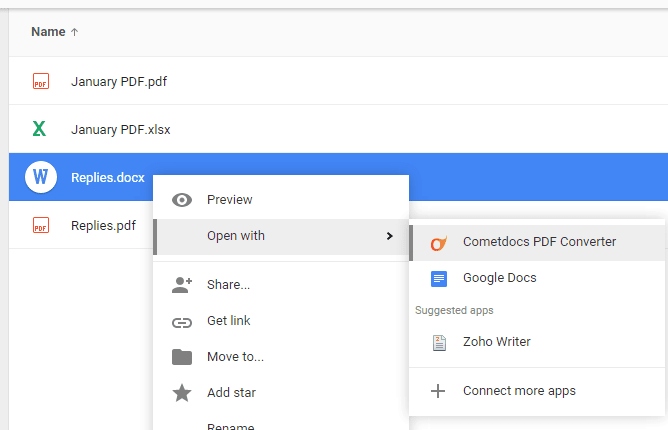

It’s a wonderful thing to have confidence that all your important files are safely and securely backed up into the cloud. Then when you browse into that alias or shortcut, you’ll actually be inside your local Google Drive sync folder. Do this by creating a file alias (in Windows, it’s called a “shortcut”) to your local sync folder and placing it on your desktop. If you like saving files to your desktop, you can streamline the process of moving from the desktop to your local sync folder in the Google Drive folder. The Google Drive folder is created automatically when you install and configure the Google Drive application. On a Mac, this folder will be located on your local drive in your home directory, in the Google Drive folder. “ Step 5 – Set Sync Options” ( CC BY 2.0) by Wesley Fryer Step 6: Move Local Files into Your Local Sync Folderįinally, you’ll want to move your local files into the local sync folder which will be automatically created on your hard drive or SSD by the Google Drive application. I named mine “In the Cloud.” This folder will contain all your existing Google Drive documents and files, once we move them into the folder in step 2. The first thing you want to do, preferably in the Google Chrome web browser, is create a new folder at the root / base level of your Google Drive folder. If you’re at school and everyone is syncing large Google Drive accounts, this can slow the network down considerably and unnecessarily.


 0 kommentar(er)
0 kommentar(er)
